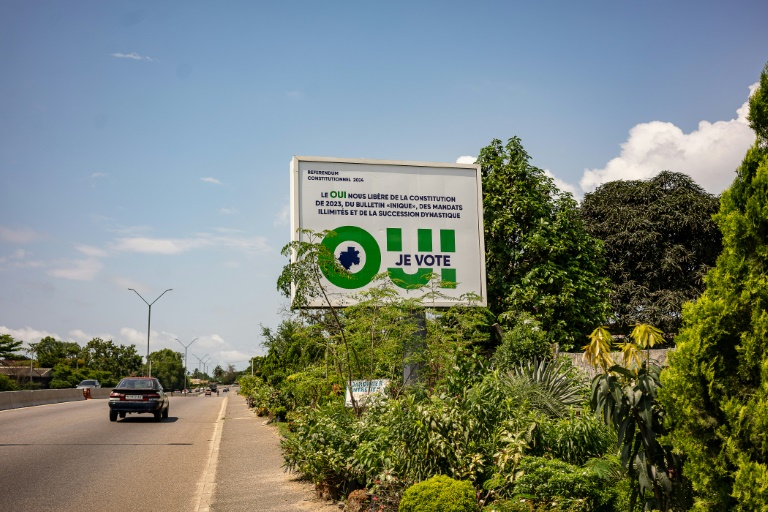Researchers from across Canada are working to restore peatland in Sudbury, Ont., that was killed from decades of mining in the region.
Peatland is decomposing material found in wetlands that is one of the most significant carbon sinks in the world.
“Peatlands, despite covering only three per cent of the Earth’s surface, store twice as much carbon as all of the world’s forests combined,” said Pete Whittington, a professor of geography and environment at Brandon University, in Manitoba.
Whittington is one of the scientists working to revive dead peatland in a small section of the Laurentian University greenspace.
On Friday they had about 30 tonnes of healthy peat transported by helicopter to a marshy area where students and research scientists were spreading it with rakes and shovels.
They are using a technique called moss layer transfer, developed by Canadian universities in the late 1990s, to restore peatland in the area.
Whittington says the technique has successfully restored peatland in about 12 years in other areas.
But the experiment in Sudbury will be the first time it’s been done in an area with metal-contaminated peatland in Canada, and possibly the world.

“There are no studies that we could find, nobody that has learned how to restore these systems,” said Colin McCarter, the project’s lead researcher and the Canada Research Chair in Climate Environmental Change at Nipissing University.
McCarter and the team of researchers received $1.5 million in federal funding for the project. Mining company Vale and the City of Greater Sudbury are also partners on the project.
If it’s successful, the techniques they’re using could be used to restore peatland in other places damaged by decades of mining.
“We expect within two to three years we’ll have a pretty good idea of which one of our different treatments, or tests, are going to work,” McCarter said.
For Peter Beckett this is the latest chapter in the decades-long regreening efforts in Sudbury.

Beckett is a professor emeritus with the School of Natural Sciences at Laurentian University and a collaborator on the peatland project. He’s also one of the chief architects of Sudbury’s regreening efforts, dating back to the 1970s.
“It will be a great contribution for Sudbury if these peatlands can fix carbon and help Sudbury to become carbon neutral,” he said.
Brandon University’s Whittington says restoring peatland could show a lot of promise for capturing carbon in the atmosphere.
“If all of the peatlands in Sudbury were healthy, they would sequester more carbon in two years than all of the trees that came back in the regreening program did in the past 50 [years],” he said.






